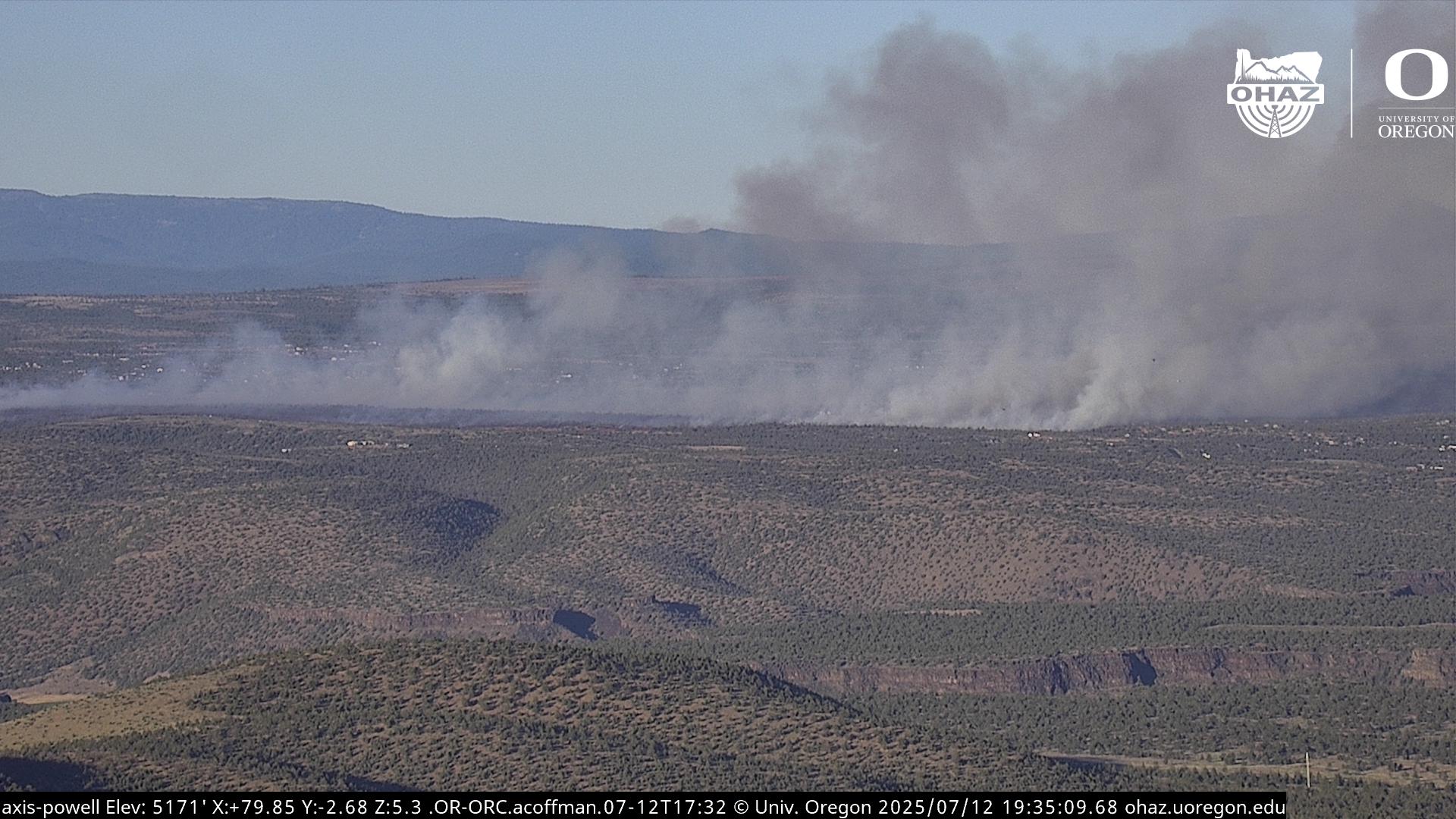Bend-La Pine Schools bringing in new curriculum after pandemic pause
Published 4:15 pm Thursday, July 11, 2024

- Joel Clements, center, teaches an AP Literature and Composition class at Mountain View High School in Bend on Wednesday afternoon.
In the years before the pandemic, Bend-La Pine Schools pushed to increase the diversity of its curriculum. After the pandemic forced curriculum adoption to be put on hold for two years, the district is catching up and bringing in more inclusive curriculum.
Usually, new curriculum is implemented every seven years. Leadership teams review materials and look at what the state has approved, then choose from the list of approved material or bring in something new.
Trending
In the past few years, district leaders have implemented new curricula, including language arts book clubs with diverse books for middle and high school students and new literacy curriculum for elementary schoolers.
Some things have still stayed the same, though.
“There are still teachers who want to teach a whole class, everyone’s going to read ‘The Iliad.’ That still happens,” said Dean Richards, director of secondary curriculum, instruction and systems. “We could do a unit on the classics, and ‘The Iliad’ is in there, and the study is what makes these texts classic.”
Literacy and health updates
Julie Walker, director of elementary curriculum and instruction, is currently focused on teacher training for the new Expeditionary Learning literacy curriculum, which will be implemented this fall in grades K-5.
The Really Great Reading phonics foundational skills curriculum was the first new elementary curriculum to be implemented since the pandemic, brought in for the 2022-23 school year. A new math curriculum will be brought in for the 2025-26 school year. The current math curriculum has been used for over 10 years, though the district has updated editions.
Trending
“We’re taking more of an integrated approach,” said Walker. “The (literacy) curriculum that we adopted for K-5 in elementary has a lot of content built in, science and social studies content.”
In the meantime, Walker will create additional curricula and lessons plans for the science and social studies units that are missing from what’s already in use.
‘Kids see themselves in texts’
On the secondary side, book clubs have been adopted as a language arts model in both middle and high schools. Teachers review the texts and decide which grade level fits each book. Teachers use between five and eight book choices and students can pick between them.
The idea is to facilitate discussion between students. The books all revolve around a theme, such as dystopias, which allows classroom discussion to occur even if students read different books. Teachers are choosing fewer books authored by white men and are ensuring multilingual students can participate.
“(We have) the value that kids see themselves in texts; they can see into other ways of being,” said Richards. “Kids have a choice in texts. That’s another one of the values.”
Every teacher is trained in the book club model, and most teachers are trying it out, said Richards. Part of the inspiration was making sure curriculum was actually used, which is why leadership teams meet to process curriculum so carefully.
“In the past, we had a curriculum that went through this process and no one ever used it,” said Richards. “Why spend money on something that no one’s using? It’s an instructional shift. It’s a little slower to change. In the long run it’s a better push than buying something and wasting a resource that’s so scarce.”
The district is also working on standardizing the levels of science taught at each high school.
“Three years of science are required in high school,” said Richards. “If we do materials without a pathway, it’s like, some juniors are taking chemistry and some freshman are taking chemistry and those texts may not align in needs.”
The state determines timelines for new curriculum, as well as prices for curricula. District officials are currently in the process of implementing a new health curriculum that includes discussions of mental health. Standards can change before the instructional materials are brought in so it’s important to stay on track, said Richards.
The district can choose from a list of Oregon Department of Education-approved curricula, but might also choose their own additional curricula or classroom resources. There is a separate process to evaluate curricula that aren’t on the approved list.
Walker wants to make sure kids know both how to read and write, while Richards’ goals are making sure kids know foundational skills in math and science to move into more advanced courses in high school. He wants to make sure teachers balance the content they know how to teach while also being able to keep up with constantly changing standards, such as discussing mental health.
“(Teachers) are working in the same job and with the same expertise in content, but the manual’s constantly changing. We want to have that balance,” said Richards.
COCC President Laurie Chesley to retire next year
New curriculum and training boost Central Oregon school literacy programs








